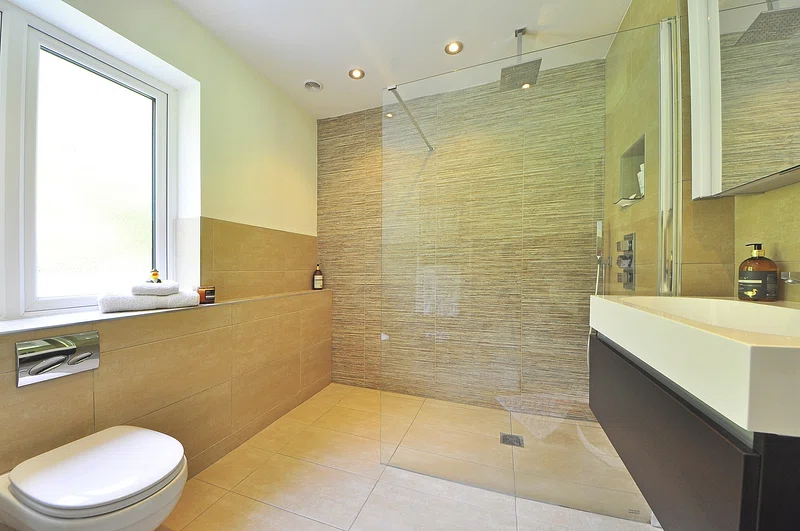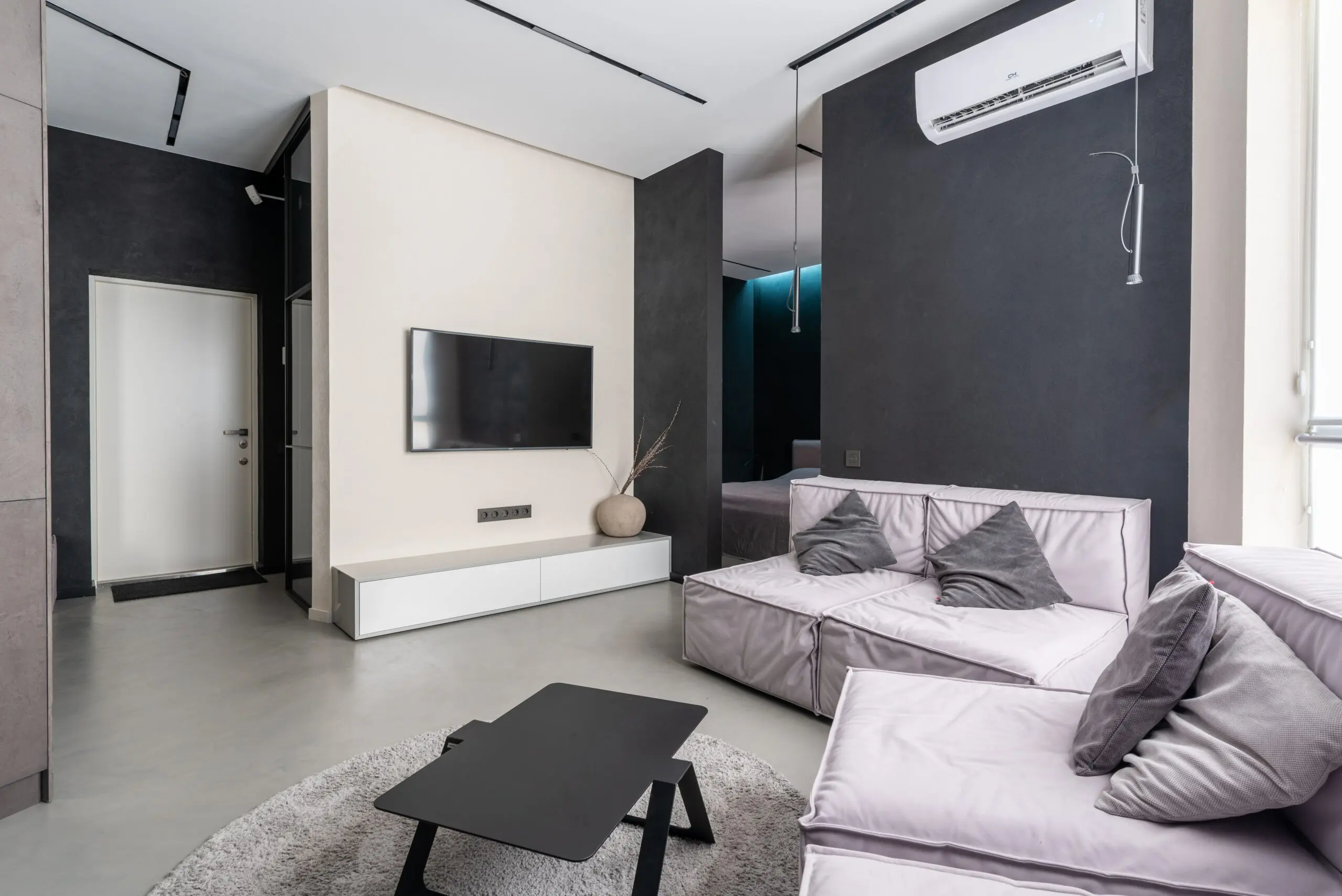When you live in a home that doesn’t have the necessary ductwork for a central air system, installing one can seem impossible. However, installing a central air system without ductwork is actually much easier than it sounds. There are several ways to do so. The key is to plan ahead and think creatively when looking into your options. That way, you can install a central air system without ductwork and get cool indoor air anytime you want. Whether you’re exploring different styles of homes or just researching what it takes to install an air conditioner without existing ductwork, this ultimate guide has everything that you need to know about installing a central air system without existing ductwork.
What is a Central Air System?
A central air system is a unit that provides cooling and airflow throughout your home’s interior. Central air systems have an outdoor unit that sits near the home’s exterior and an indoor unit that sits in the home’s interior. The outdoor unit pumps cool air through the indoor unit and into the home. Central air systems are more efficient than window AC units because they work with your home’s ductwork. This allows the indoor unit to be placed in the room of your choice, instead of being placed in front of your windows like a traditional AC unit. Central air systems are more expensive than window AC units, but they also come with more benefits. Central air systems typically provide more cooling power, use less energy, and last longer than window AC units.
Ductless vs. Ducted Air Conditioners
Central air systems are either ductless or ducted. A ducted system is a traditional type of central air system that uses existing ductwork to distribute cool air throughout your home. A ductless system is a type of central air system that doesn’t use existing ductwork to distribute cool air throughout your home. Central air systems that are ductless are generally easier to install in homes that don’t have existing ductwork. Ductless systems don’t require as much planning or creativity as ducted systems, so they’re often the better option for homes without ductwork.
Installing a Mini-Ducted Air Conditioning System
A mini-ducted air conditioner is a central air system that uses mini ductwork to distribute cool air throughout your home. Mini-ducted systems are generally best for homes with low ceilings and/or short rooms. If a mini-ducted system is the best option for your home, you’ll need to plan where to place both the outdoor unit and the indoor unit. To place the outdoor unit, you’ll want to select an area that’s close enough to your home’s exterior walls to allow the outdoor unit to send cool air into your home. You’ll also want to select an area that’s far enough from your home’s electrical source to avoid any risk of electrical discharge. To place the indoor unit, you’ll want to select a short wall in a room that’s close enough to the outdoor unit to allow cool air to flow into that room. You’ll also want to select a wall that’s far enough from the electrical source to avoid any risk of electrical discharge.
Installing a Self-Installing Ductless Air Conditioner
A self-installing ductless air conditioner is a central air system that uses self-installing ductwork to distribute cool air throughout your home. Self-installing ductless air conditioners are generally best for homes with low ceilings and/or short rooms. If a self-installing ductless air conditioner is the best option for your home, you’ll need to plan where to place both the outdoor unit and the indoor unit. To place the outdoor unit, you’ll want to select an area that’s close enough to your home’s exterior walls to allow the outdoor unit to send cool air into your home. You’ll also want to select an area that’s far enough from your home’s electrical source to avoid any risk of electrical discharge. To place the indoor unit, you’ll want to select a short wall in a room that’s close enough to the outdoor unit to allow cool air to flow into that room. You’ll also want to select a wall that’s far enough from the electrical source to avoid any risk of electrical discharge. To find the cost to install central air with no existing ductwork you can find out here.
Installing a Ducted Central Air System
A ducted central air system is a central air system that uses existing ductwork to distribute cool air throughout your home. If a ducted central air system is the best option for your home, you’ll need to plan where to place both the outdoor unit and the indoor unit. To place the outdoor unit, you’ll want to select an area that’s close enough to your home’s exterior walls to allow the outdoor unit to send cool air into your home. You’ll also want to select an area that’s far enough from your home’s electrical source to avoid any risk of electrical discharge. To place the indoor unit, you’ll want to select a short wall in a room that’s close enough to the outdoor unit to allow cool air to flow into that room. You’ll also want to select a wall that’s far enough from the electrical source to avoid any risk of electrical discharge.
Installing a Traditional Ducted Air Conditioning System
A traditional ducted air conditioning system is a central air system that uses existing ductwork to distribute cool air throughout your home. If a traditional ducted air conditioning system is the best option for your home, you’ll need to plan where to place both the outdoor unit and the indoor unit. To place the outdoor unit, you’ll want to select an area that’s close enough to your home’s exterior walls to allow the outdoor unit to send cool air into your home. You’ll also want to select an area that’s far enough from your home’s electrical source to avoid any risk of electrical discharge. To place the indoor unit, you’ll want to select a short wall in a room that’s close enough to the outdoor unit to allow cool air to flow into that room. You’ll also want to select a wall that’s far enough from the electrical source to avoid any risk of electrical discharge.




